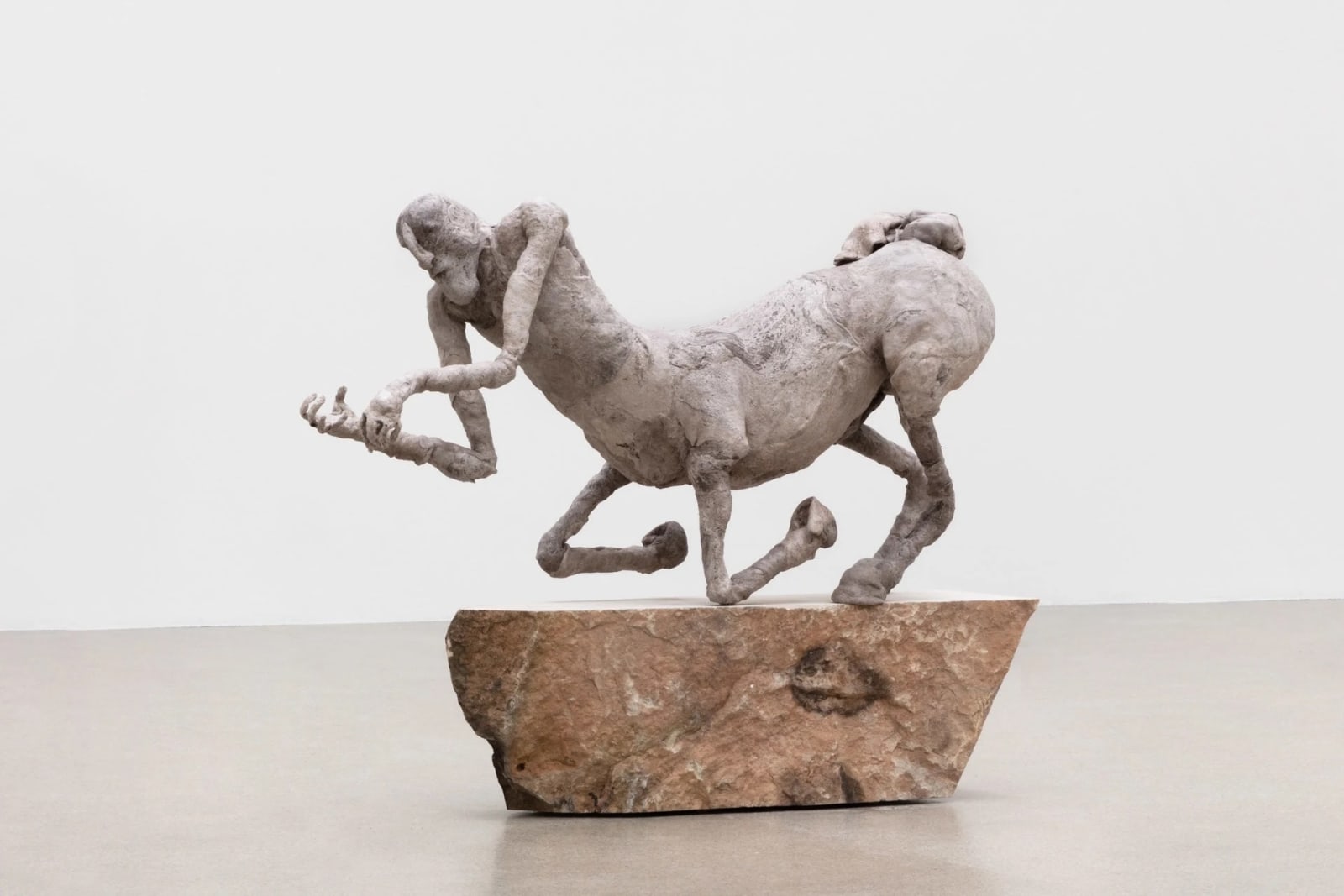


Francis Upritchard b. 1976
Off for Lunch, 2022-2024
Bronze, sandstone base
Sculpture: 37 3/8 x 78 3/4 x 17 3/4 inches
(95 x 200 x 45 cm)
Stone: 57 1/8 x 31 1/2 x 27 1/2 inches
(145 x 80 x 70 cm)
(95 x 200 x 45 cm)
Stone: 57 1/8 x 31 1/2 x 27 1/2 inches
(145 x 80 x 70 cm)
Further images
Exhibitions
Biel, Kunsthaus Pasquart, Francis Upritchard - A Loose Hold, Fall 2022Copenhagen, Kunsthal Charlottenborg, Francis Upritchard, Any Noise Annoys an Oyster, September 28, 2024 – February 16, 2025
Paris, Paris +, Solo Booth with Anton Kern Gallery, 2023
Hudson, NY, The Campus, Second Annual Exhibition, June 28 - October 26, 2025
Literature
A Loose Hold: Francis Upritchard, Published for Francis Upritchard - A Loose Hold at the Kunsthaus Pasquart,
2022, p. 32-33.


